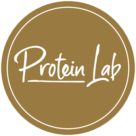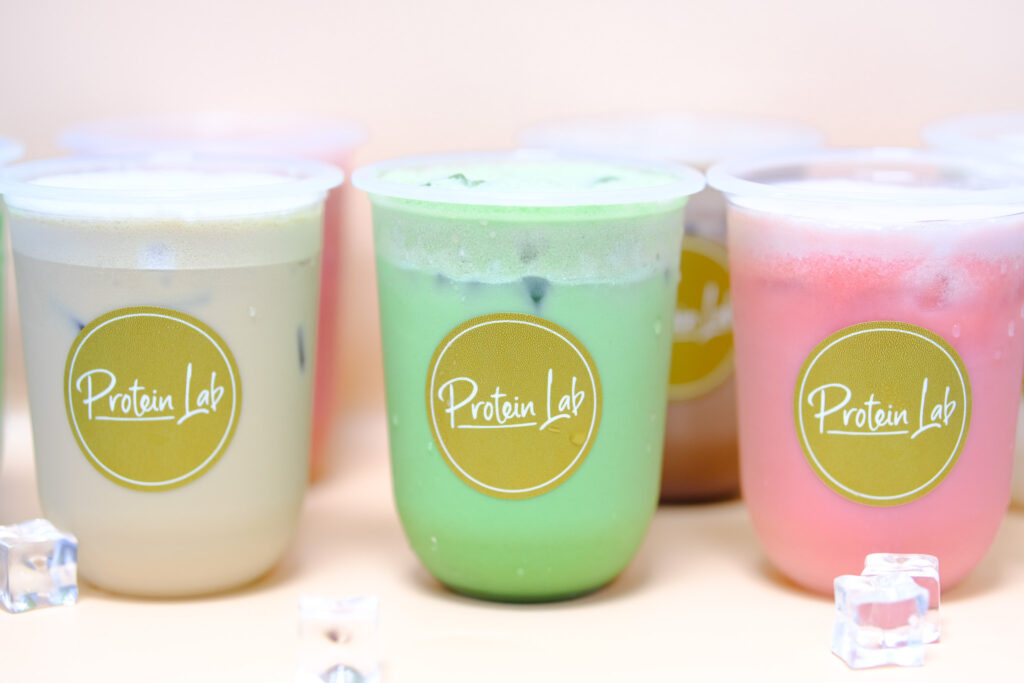In today’s competitive health and wellness industry, protein shakes have become essential for fitness enthusiasts, athletes, and individuals looking for a convenient, nutritious meal or snack. Whether it’s post-workout recovery or a meal replacement, consumers have high expectations for both the quality and consistency of their protein-based beverages.
With the increasing demand for protein shakes, especially from delivery-only businesses, maintaining high-quality standards becomes a critical challenge. Companies like ProteinLab, a delivery-only brand based in Dubai, have mastered the art of ensuring their protein shakes meet customer expectations every single time, regardless of whether it’s their first order or their 50th.
The Importance of Protein Quality in a Delivery Model
For businesses like ProteinLab, delivering high-quality protein shakes requires more than just selecting premium ingredients. Consistency in taste, texture, and nutritional value across every order plays a vital role in customer retention and satisfaction. But what makes quality so important in this niche?
- Nutritional Integrity: When consumers purchase a protein shake, they are not just buying a flavored beverage—they are investing in their health. The nutritional benefits of the shake, such as muscle repair, increased satiety, and overall health, are tied directly to the quality of the protein used. Whether it’s whey, casein, or plant-based proteins, the source and quality can dramatically affect the benefits derived from the shake.
- Brand Reputation: In an age where online reviews and social media can make or break a business, maintaining a solid reputation is crucial. Brands that consistently deliver high-quality products build trust with their audience, making it easier to expand and grow. For a delivery-only model, where customers never step foot into a physical location, the quality of each shake must speak for itself.
Strategies for Maintaining Quality
Maintaining quality and consistency for protein shakes can be more complicated when you rely solely on delivery models. However, several strategies can help ensure you meet customer expectations every time.
- Source High-Quality Protein: The foundation of any great protein shake starts with the protein source. Whether it’s whey protein, casein, soy protein, or plant-based options like pea or hemp protein, sourcing from reputable suppliers ensures the quality remains consistent across batches. This consistency will translate directly to the consumer’s experience with the shake.
- Standardized Recipes and Procedures: A well-run delivery-only protein business must standardize recipes and preparation techniques to ensure every order meets the same standards. For example, ProteinLab has implemented rigorous quality controls and standardized processes, which allow them to prepare protein shakes quickly and efficiently without sacrificing quality.
- Proper Storage and Handling: Protein powders and ingredients should be stored in optimal conditions to prevent degradation. Exposure to moisture, heat, or light can diminish protein quality and reduce the effectiveness of amino acids, which are crucial for muscle repair and recovery.
- Packaging Matters: How the shakes are packaged significantly impacts the quality. Poor packaging can lead to spills, oxidation, or even bacterial contamination. Ensure the packaging is designed to maintain the shake’s integrity during transit. ProteinLab, for instance, uses tamper-proof seals and environmentally-friendly containers that maintain both the freshness and quality of their shakes.
Delivering Consistency Across Multiple Orders
Ensuring consistency in protein shakes when scaling up operations can be challenging. Here are key ways to maintain consistency, even as your business grows:
- Batch Testing and Quality Control: As orders increase, so does the potential for mistakes. Implementing regular batch testing to check for consistency in taste, texture, and nutritional content is essential. This ensures that the same quality product reaches customers, whether they order once a week or multiple times per day.
- Employee Training: For delivery-only businesses like ProteinLab, training employees to follow standardized procedures ensures that every shake is made to perfection. Training should focus not only on the preparation process but also on how to handle and package the shakes properly.
- Feedback Loops: Encourage customers to provide feedback about their orders. Having a robust system in place to collect and act on customer feedback can help address any issues related to quality or consistency early on, preventing larger-scale problems as the business grows.
Ensuring Freshness in a Delivery-Only Model
Protein shakes often contain perishable ingredients like fresh fruits, milk, or plant-based milks, which require proper handling to maintain freshness. In a delivery-only business model, ensuring that each shake arrives as fresh as possible can be tricky, especially in hot climates like Dubai.
- Cold Chain Management: Proper refrigeration during the preparation, storage, and delivery phases is critical to maintaining the freshness of protein shakes. Businesses should work closely with delivery partners to ensure that the shakes are kept at the right temperature throughout the entire process. For example, ProteinLab ensures that all its protein shakes are stored at the optimal temperature before being dispatched for delivery via platforms like Deliveroo, Talabat, Smiles, and Careem Now.
- Speedy Delivery: The quicker the shake reaches the customer, the better its taste and freshness. Choose delivery partners with a strong reputation for fast delivery times. Offering customers live tracking can also enhance the experience, giving them peace of mind that their shake will arrive fresh and ready to drink.
- Ingredients That Travel Well: Some ingredients travel better than others. When selecting fruits, milks, and other add-ins for protein shakes, consider how they will fare during transportation. For example, using frozen fruits can maintain their flavor and nutritional value better than fresh fruits in a delivery model.

